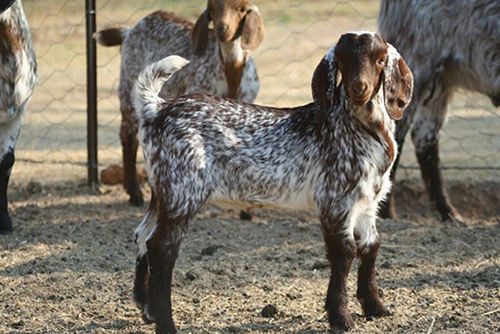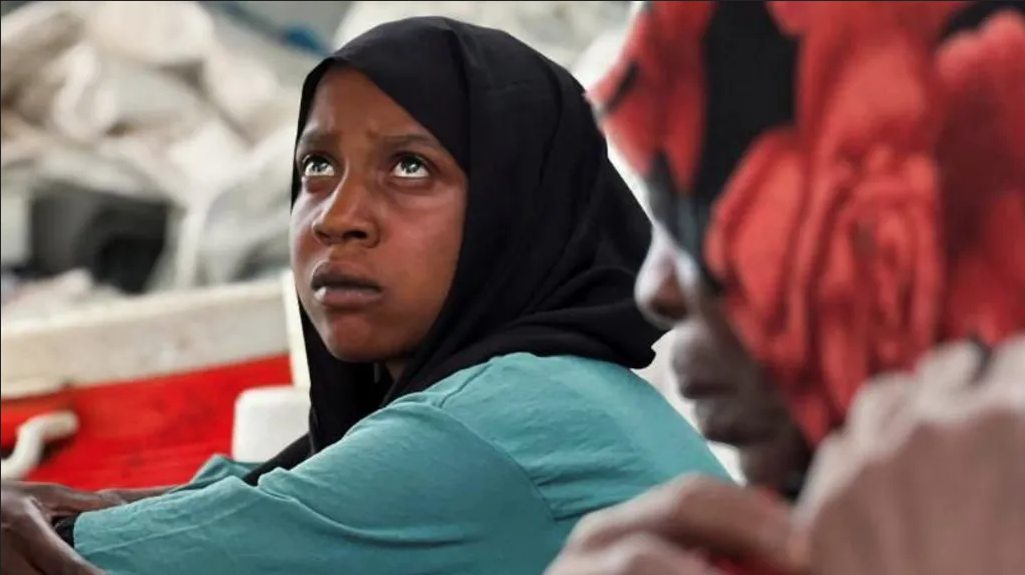THE Speckled goat has its origin in the dry Northern Cape, Karoo area, stretching from Sutherland to Upington.
M Barrow wrote in 1801 that near the Hartbees river in the Northern Cape he encountered some Khoisan who possessed a herd of small handsome goats that were spotted like the leopard”.
The Speckled goat was taken by pioneer farmers to Namibia, around World War 1 and the “Dorslandtrek”. Here some Namibian farmers preserved them and kept them pure. Over time breeders in South Africa bought Speckled goats from these farmers, and brought them back to various parts of South Africa.
This is a medium to large frame goat, rather well-muscled. The face is long with a profile that is flat or slightly convex, with a slight dip between the eyes. The ears are large and droopy (lob ears). Horns are present in both sexes. Naturally polled animals rarely occur. Toggles are present in some goats. Beards are present in males, and a small percentage of females. Male beards tend to be large.
The Speckled goat’s whole body is covered with red, red-brown or black spots. The head and legs are almost a solid colour, with a white blaze on the forehead between the horns.
They have a dark stripe on top of the back, and on the front of the neck. The lower part of the legs is an almost solid dark pigmented colour.
Speckled goats have excellent pigmentation with good colouration on the most vulnerable parts of the body (muzzle, eyes, ears, top of the back, lower legs, front of the neck).
Most goats have short glossy hair, and are inclined to grow cashmere in cold winters.
–http://gadi.agric.za/
Stay informed with The Namibian – your source for credible journalism. Get in-depth reporting and opinions for
only N$85 a month. Invest in journalism, invest in democracy –
Subscribe Now!






